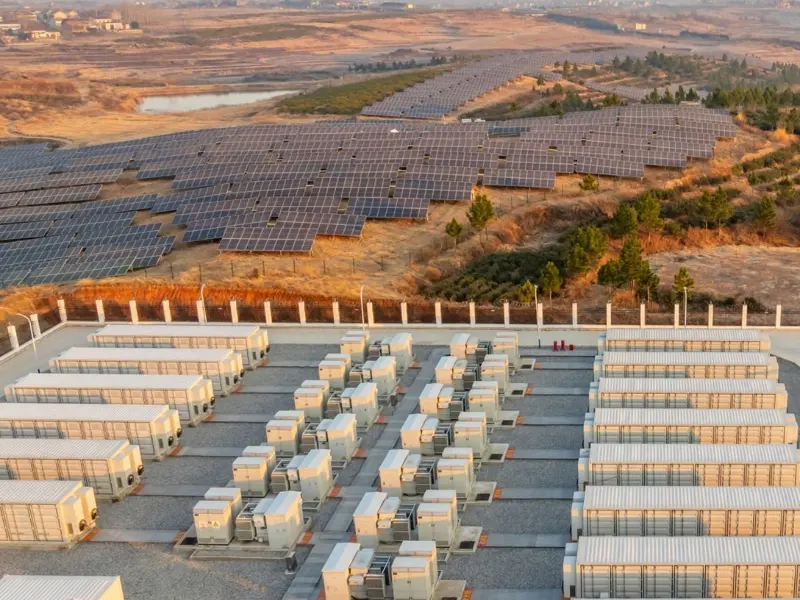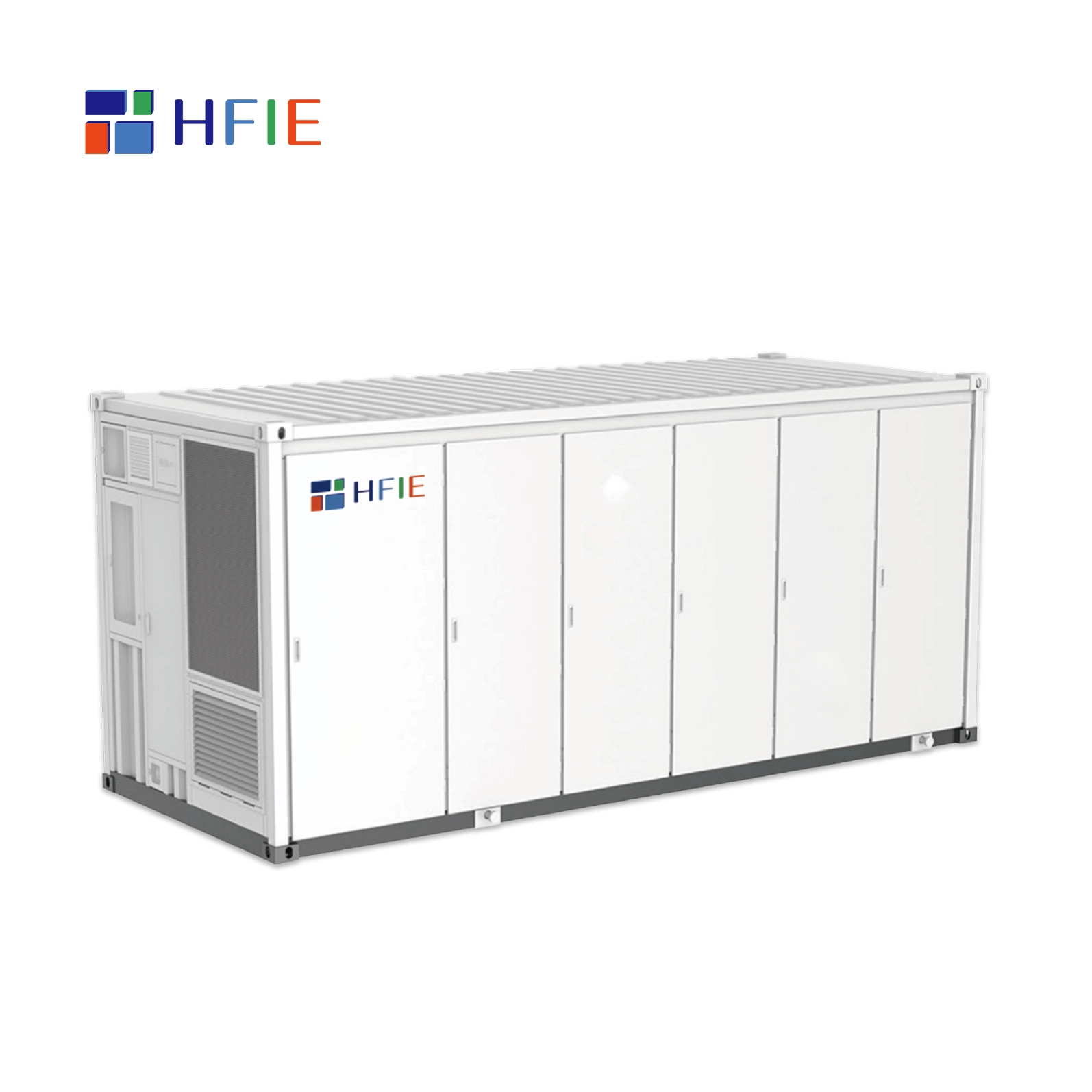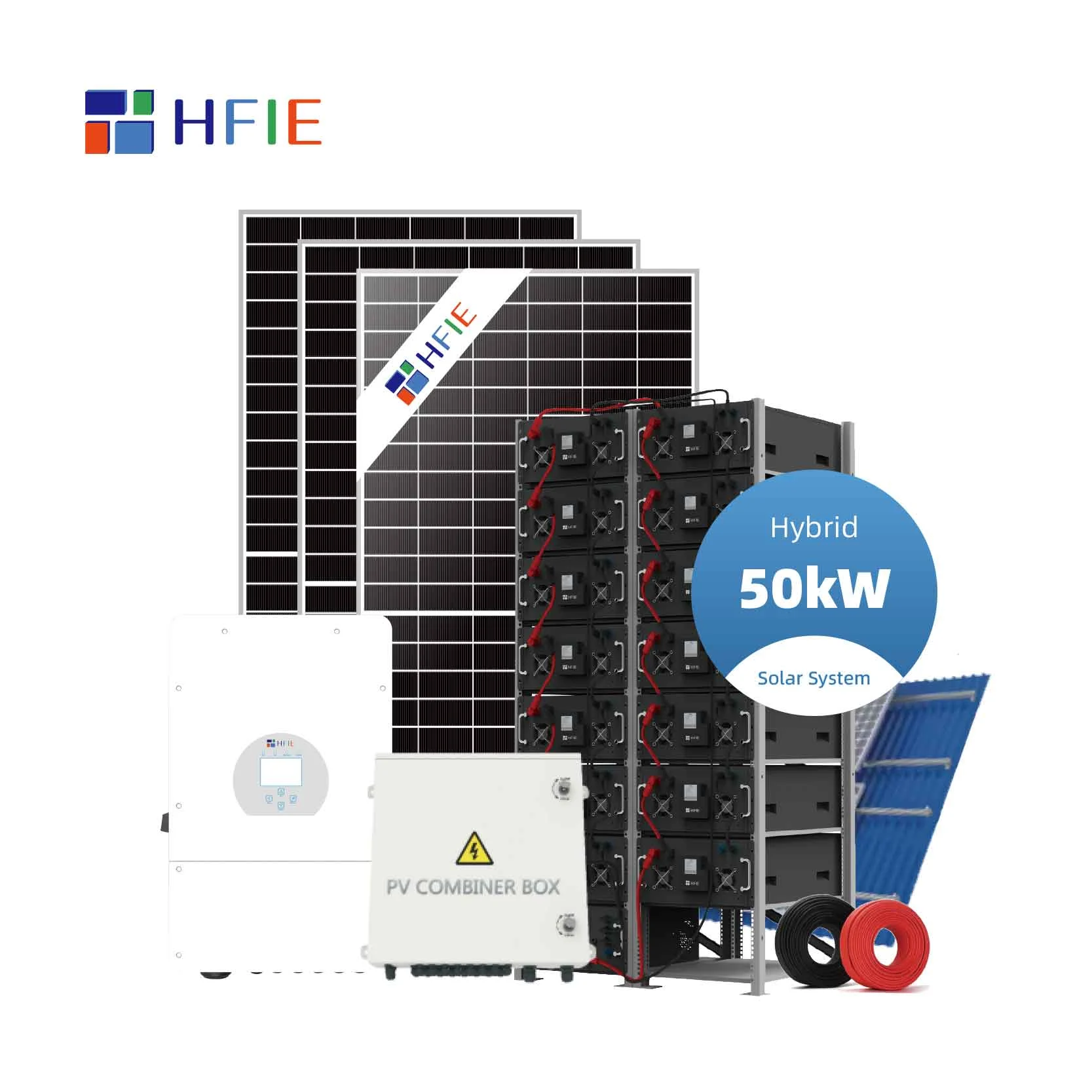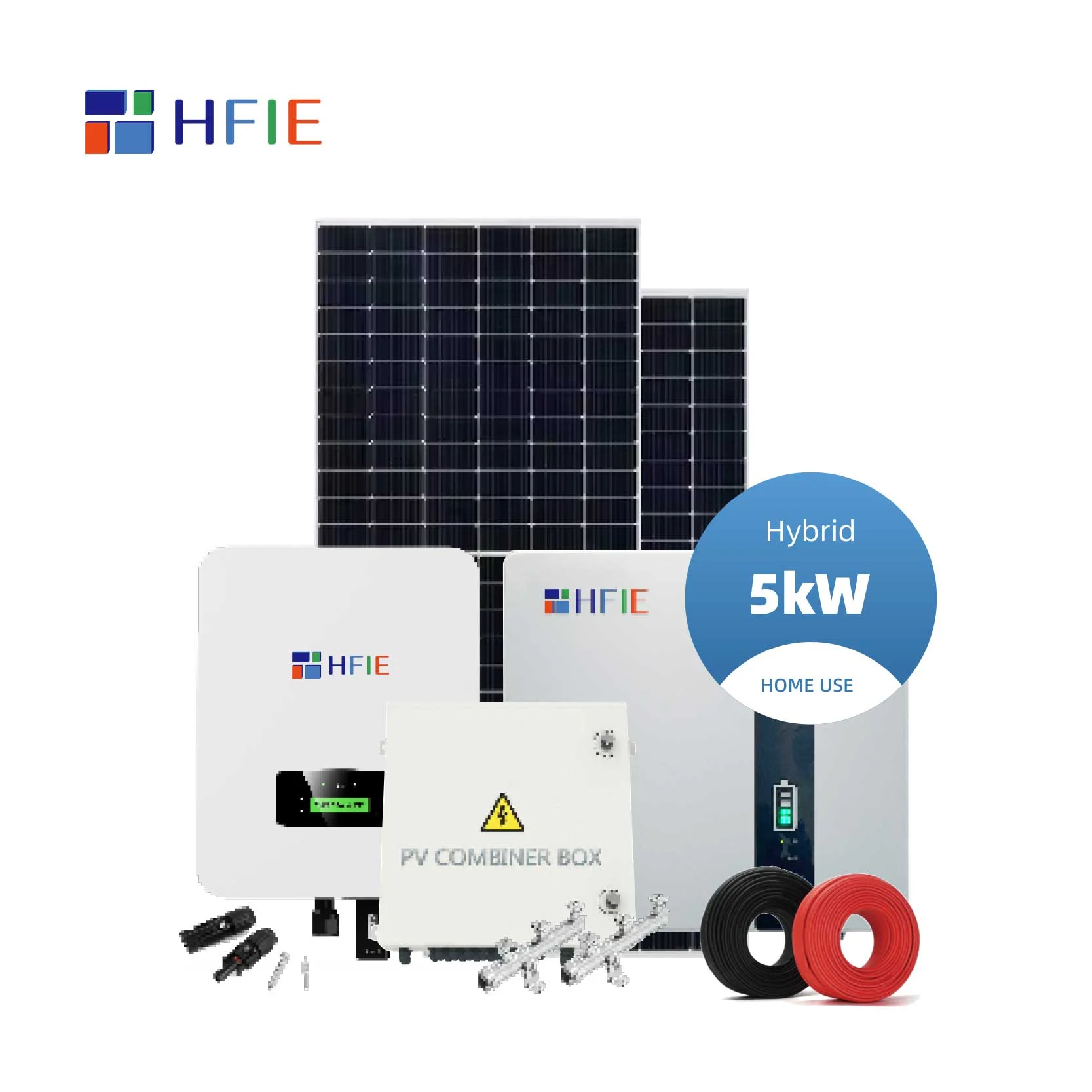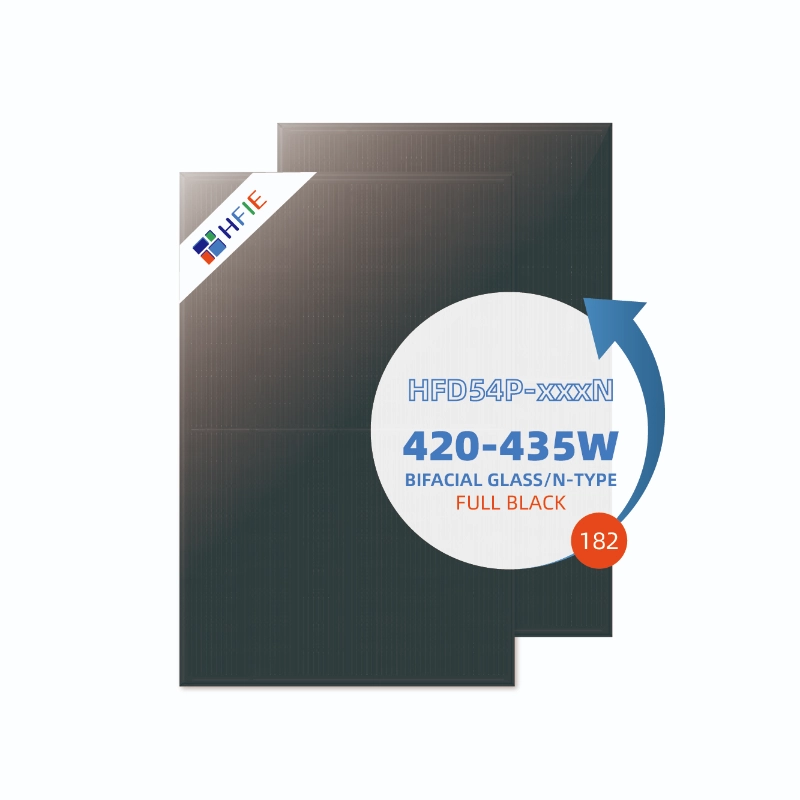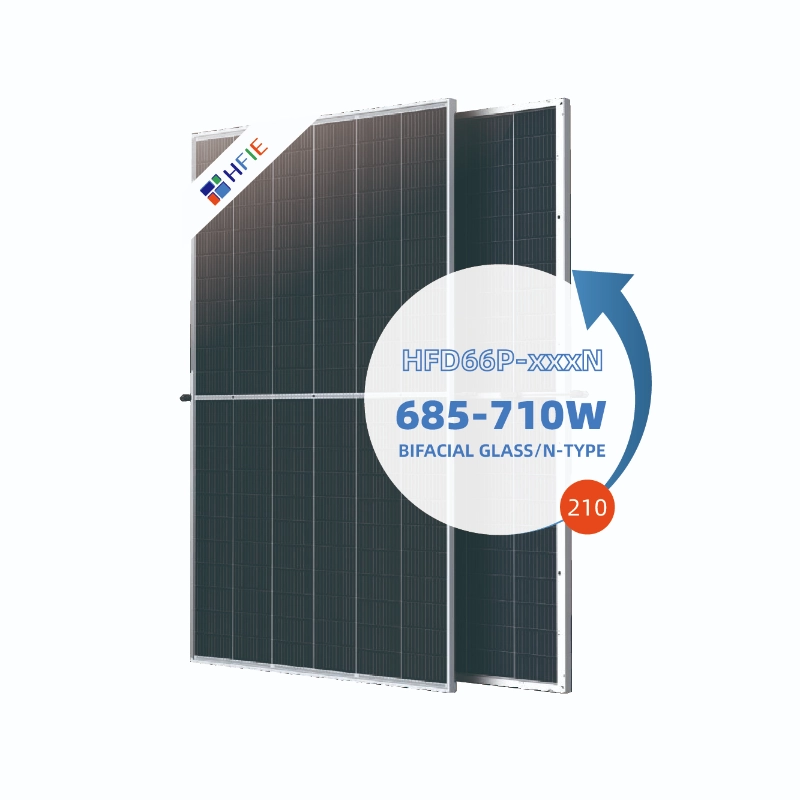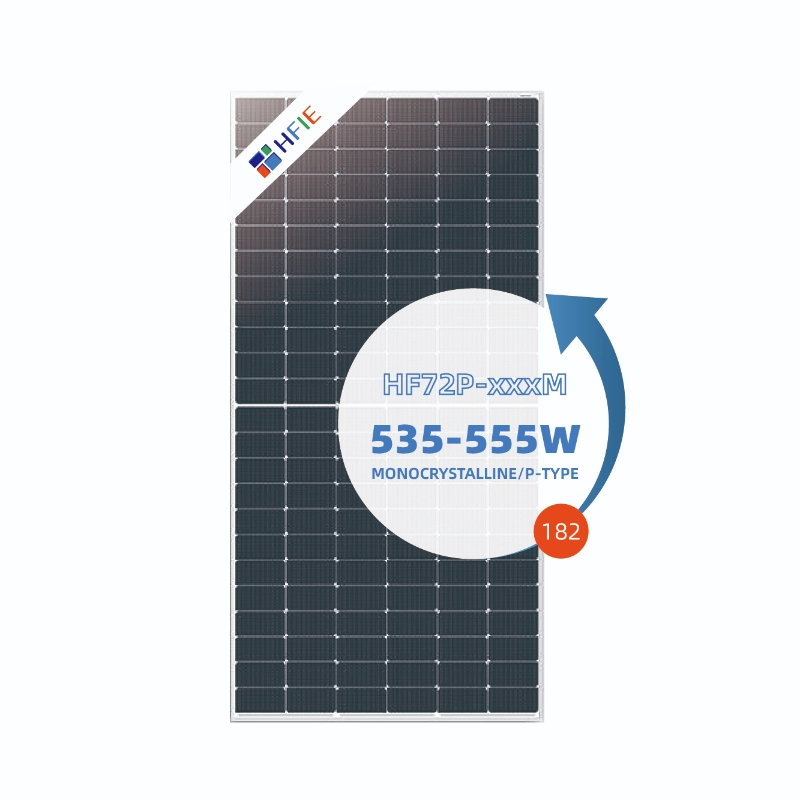Após 2020, a crise energética na Europa levou a um aumento no preço da eletricidade, tornando o armazenamento residencial de energia economicamente mais viável. Além disso, o conflito Rússia-Ucrânia em 2022 impulsionou ainda mais a demanda por armazenamento residencial, atraindo atenção significativa para este setor. No entanto, desde o terceiro trimestre de 2023, a indústria tem sido confrontada com problemas de estoque, resultando em um declínio nas remessas da cadeia de suprimentos e uma rápida queda na lucratividade dos fabricantes.
Após quase um ano de redução de estoque, o processo na Europa finalmente chegou ao fim. Espera-se que as remessas de fabricação em cada trimestre se recuperem gradualmente. Ao mesmo tempo, com a crescente popularidade da nova energia, os preços da cadeia de suprimentos para produtos de armazenamento de energia solar e solar caíram significativamente. Além dos mercados europeu e americano, a demanda em mercados emergentes também está aumentando e provavelmente fará uma contribuição substancial para o crescimento geral. Além disso, os cenários de aplicação do armazenamento de energia residencial estão se diversificando, com alguns países entrando no mercado de serviços auxiliares. Evidentemente, a economia de sistemas de armazenamento de energia (ESS) está melhorando, o que pode aumentar a demanda no futuro.
Grande potencial de demanda em mercados emergentes
A Europa tem sido consistentemente o principal mercado para armazenamento residencial de energia. Em 2023, a nova capacidade instalada global de armazenamento residencial de energia atingiu 12 GWh, representando um crescimento anual de 59,3%, com uma capacidade instalada acumulada de 33,8 GWh. Na Europa, devido às estruturas residenciais complexas e aos altos preços da eletricidade residencial, a instalação de sistemas de armazenamento de energia solar e solar distribuídos tornou-se economicamente atraente. Como resultado, a Europa permaneceu como o principal mercado para armazenamento residencial de energia, com as instalações acumuladas em 2023 respondendo por 64% do total global.
Atualmente, a demanda total por eletricidade nos mercados emergentes continua aumentando, mas suas instalações de geração de energia e rede elétrica são relativamente fracas.
Nos últimos anos, racionamento de energia e apagões ocorreram com frequência no Sudeste Asiático, África do Sul e outras regiões. No verão de 2023, altas temperaturas levaram a frequentes quedas de energia e apagões em países como Vietnã, Bangladesh e Índia. De acordo com a Abisoft, a escassez anual de energia na África do Sul ultrapassou 24 TWh em 2023, mais que dobrando em comparação ao ano anterior. Para clientes nessas regiões, o armazenamento de energia distribuída oferece um certo nível de segurança de energia, demonstrando, assim, um enorme potencial de demanda.
Com a frequência crescente de eventos climáticos extremos, o Sudeste Asiático e a África estão particularmente vulneráveis. A infraestrutura de energia nessas regiões é relativamente frágil e depende muito de carvão e energia hidrelétrica. Temperaturas extremamente altas reduziram significativamente a geração de energia hidrelétrica, resultando em escassez de energia e escassez de carvão. Isso, por sua vez, estimulou a demanda por sistemas de armazenamento de energia distribuída.
Este ano, houve um declínio significativo na cadeia da indústria solar e de armazenamento de energia, levando a um aumento na demanda em mercados emergentes que são mais sensíveis a mudanças de preço. Em maio de 2023, as exportações de inversores de energia solar para os mercados da Ásia, África e América do Sul aumentaram em 9%, 34% e 12% respectivamente em comparação ao mês anterior. A demanda em países em desenvolvimento como Índia e Paquistão foi particularmente robusta. Em maio, o valor de importação de inversores para países asiáticos atingiu uma alta histórica de $245 milhões.
Tradicionalmente, os sistemas de armazenamento de energia residencial (ESS) têm sido utilizados principalmente para aumentar a taxa de utilização de energia solar distribuída e garantir um fornecimento de energia estável. No entanto, com os avanços nas reformas globais de energia nova e mercado de energia, o armazenamento de energia residencial em alguns países agora se tornou um recurso flexível, participando de mercados de energia, capacidade e serviços auxiliares. Isso melhorou significativamente a economia do ESS residencial. Olhando para o futuro, à medida que o mercado de energia continua a se desenvolver, os sistemas ESS residenciais serão aplicados em cenários mais diversos, levando assim a um aumento na demanda.
